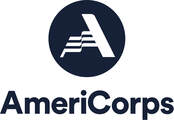|
Preservation Alliance of West Virginia is currently accepting proposals for its next statewide historic preservation conference, scheduled for September 22-24, 2016. It will be held primarily in Beverly, with some opportunity for programming in the immediate Randolph County vicinity (Elkins, etc.). This year’s conference theme will be This Place Matters: Connecting with Historic Places. Conference proposals should relate to the theme and fit into at least one of three tracks:
This is a request for knowledgeable professionals willing to lead one or more of the following:
For more information on each of these positions, necessary qualifications, and applications, please see the guidelines below. Here is a downloadable version of the PAWV conference RFP 2016 Submit proposals via email to [email protected] by April 25, 2016. For more information, please contact PAWV’s Executive Director, Danielle LaPresta Parker, at [email protected] or 304-345-6005. This RFP does not indicate any promise to follow through and implement any proposals. We reserve the right to select different trainers for workshops, sessions, etc. We reserve the right to accept late proposals if insufficient or inadequate proposals for all slots are not received by the deadline. We may suggest revisions to your proposals for your consideration. PAWV staff will organize and direct all events and will have final approval of content. This conference will be funded in part with federal funds from the National Park Service, Department of the Interior and the WV Division of Culture & History, State Historic Preservation Office. Regulations of the U.S. Department of the Interior strictly prohibit unlawful discrimination in departmental Federally Assisted Programs on the basis of race, color, national origin, age or handicap. Any person who believes he or she has been discriminated against in any program, activity, or facility operated by a recipient of Federal assistance should write to: Office of Equal Opportunity, National Park Service, 1849 C Street, NW, Washington, DC 20240. Proposal Application Requirements: Professionals interested in providing preservation training for any of the above formats — speeches, workshops, keynote speakers, educational sessions, roundtables, panel discussions, poster sessions, and/or educational tours — should submit a proposal including:
Presenters will be offered free admission to the conference for the day (excluding banquet) of their presentation, plus the volunteer-discount rate to attend the rest of the conference. Presenter fees, when paid, will be negotiated on a case by case basis. Presenter fees may be offered to major speakers, with smaller amounts offered to panel participants and additional presenters if funds are available. No separate travel expenses will be paid. Positions Available:
We are seeking one plenary speaker and two keynote speakers for the following:
Trades workshops are best held at a historic property, with hands-on work performed on the property as part of the workshop. Some workshops may include a classroom component or may be intensive training on a focused topic. Occasionally, other formats – such as a longer training period, or combining multiple skills in one workshop – may be offered. These workshops can be either a half or a full day. Trainers should have extensive experience in the specific skill, thorough familiarity with historic preservation issues regarding that skill, and experience in teaching the skill. Trainers are encouraged to bring additional hand tools for students’ use for hands-on practice. Seminar, panel, or round-table type workshops related to one of the tracks could also be considered for workshop topics or presentations more appropriate to a longer format than the 75 minute educational sessions.
Three Conference Tracks: Conference attendees can choose to attend workshops and educational sessions related to three conference tracks, which focus on specific themes common in historic preservation projects and development. By featuring three different tracks, conference attendees can choose the topic that best reflects their interests and gain the most from their experience. Attendees will have the choice of Thursday workshops and tours reflective of track themes, as well as Friday and Saturday concurrent educational sessions. Proposals should be related to one of the following tracks.
The Trustees of the Norborne Cemeteries in Martinsburg, WV are sponsoring a day long workshop on gravestone preservation. Jonathan Appell, nationally known gravestone and monument preservation expert, will present the workshop. Register at the Eventbrite page.
Read about him at http://www.gravestoneconservation.com/ Learn how to safely clean, level and repair headstones and monuments. The workshop will teach basic conservation and repair techniques. At a slow-working pace, all techniques will be described in detail as work is performed. Different types of repairs will be shown representing various types of work commonly needed in historic cemeteries. Participants will learn:
Old Norborne Cemetery was laid out by Adam Steven, founder of Martinsburg, Virginia (now West). It was established by an enactment of the Virginia General Assembly as a burying ground in 1778. There approximately 1,111 graves in the “Burying Ground” The oldest marker is dated 1800. Veterans from the Revolutionary War, War of 1812, the Civil War (both Union and Confederate), WWI and WWII are intered here. Lunch Included! Extreme inclement weather may cause a change of date. Additional Donations Gratefully Accepted!! Have questions about GRAVESTONE PRESERVATION WORKSHOP? Contact Trustees of Norborne Cemeteries
On the first day of the conference, I attended the Historic Gravestone Conservation Workshop at Spring Hill Cemetery in Huntington. Jonathan Appell, a historic stone conservator, led a group through several different hands-on techniques for cleaning gravestones and monuments; resetting and leveling leaning gravestones; and conservation, or repair, of broken gravestones. This in-depth session allowed for more than just a speaker presenting his ideas and techniques – we were able to participate and get our hands dirty. Our group cleaned four gravestones during the morning session, removing moss and lichens from the bases and focusing on making the inscriptions more visible and readable. In the afternoon, our group worked on four other gravestones. Each one presented a different challenge toward conservation and repair. We reattached a top portion of a grave marker that had been laying on the ground; we leveled a leaning gravestone; we adhered a large head stone with its base to eliminate the possibility of it falling over; and we used a tripod and hoist to lift and reset large and heavy segments of the final grave marker.
By Robert My name is Robert Wolfe and I am currently finishing my MA in public history from West Virginia University. Starting in December I will begin serving at Main Street Fairmont in Fairmont, West Virginia. Given my educational background in historic preservation and public interpretation, along with my interest in adaptive land reuse, a Main Street program is an ideal place for me to undertake a service position. Throughout my education I have had the privilege of working for a number of institutions including; George Washington’s Mount Vernon, the Pendleton Historic Foundation, and the Heritage Trail Conservancy of Madison Indiana. I know my time at Main Street Fairmont will be equally as rewarding. Since finishing my Undergraduate Degree I have been fascinated with discovering new ways to utilize our heritage. Like many people in the field of public history, I believe there is an excess of historic house museums. Too many stories competing for a limited audience is creating a strain on budgets. While it would be nice if house museums could sustain themselves on admissions alone, it simply is not feasible in the 21st century. Historic houses need to gather new audiences so that we all may retain our cultural heritage. Just because a building is old, doesn’t mean it must be a museum! The workshop “Charetting the Jenkins House” at the Preservation Alliance of West Virginia 2014 Conference, was a natural workshop to attend. The Jenkins House (Green Bottom) is an 1825 plantation house on the Ohio River. The home, currently owned and mothballed by the U.S. Army Corps of Engineers, has been meticulously restored to its appearance in 1825. The Jenkins House operated as a house museum for a time. During this period the house would host Civil War encampments and special holiday events. The Jenkins House currently awaits a new use.
The charette was a refreshing change in house museum narratives. Local historical societies typically receive the unfair stereotype of being inflexible in their beliefs. The stakeholders of the Jenkins House were interested in restoring the old museum events but also interested in expanding the scope of activities at the site. The site has an excellent view of natural wetlands and ample space for people. The natural beauty lends itself to its use as an event space. Other options discussed include a community garden, a historic gardening site, or community space for local events. As a government property, the Corps of Engineers is responsible for upkeep and bills for the Jenkins House. The Jenkins House is in an advantageous position to experiment with new uses. This gives the property an advantage, allowing the stakeholders to put more resources into developing alternative uses for the property. Charettes are just one example of how historic preservationists can interact with the local community to preserve local heritage. The PAWV Conference allowed me to get hands on experience on the benefits and uses of charettes. Classroom experience can never equal field experience. By Nicole, PAWV Preserve WV AmeriCorps Hi there! My name is Nicole Marrocco, and I’m the 2014 – 2015 AmeriCorps member for the Preservation Alliance of West Virginia. As a newcomer to the field of historic preservation and a lifelong resident of Massachusetts, I’m very excited to dive headfirst into this experience and to call West Virginia home for the next year. While I may be a newbie in terms of preserving and reusing historic buildings, I’m no stranger to the study and preservation of material culture. In 2010, I graduated from Boston University with a dual B.A. in Archaeology and Classical Civilizations. In my classes I developed an interest in cultural resource management and the preservation and interpretation of archaeological sites. In addition to my coursework, my love of history and historic buildings runs deep.I have fond childhood memories of visiting Lowell, Massachusetts, in awe of the dilapidated, textile mills that lined the canals of the city—some of you may know Lowell as the birthplace of the American Industrial Revolution and the first planned industrial city in the country. Years later as a college student, I returned to a vibrant and bustling city to serve as an intern at the Lowell National Historical Park. As an intern, I had the opportunity to truly get a sense of how much historic preservation and heritage tourism had revitalized the city of Lowell in the time since my childhood. Having seen the good that historic preservation can do close to home, I’m so happy for the opportunity to serve with Preservation Alliance of West Virginia. PAWV is the statewide grassroots nonprofit organization dedicated to promoting and supporting historic preservation in the Mountain State. With a commitment to preserving West Virginia’s unique cultural heritage, PAWV and its members work to save the past and to benefit the present with a vision for the future by supporting and promoting historic preservation through education and outreach advocacy, preservation tools, and heritage tourism. While the first few weeks of service have been chock-filled with training, we have already had the opportunity to roll up our sleeves and get our hands dirty. At the combined Preserve WV / Appalachian Forest Heritage Area AmeriCorps training at Jackson’s Mill, a group of AmeriCorps members assembled “Little Free Libraries” as a community service project. A cross between a dollhouse and a birdhouse on a post, these small shelters for used books operate on the “take a book, leave a book” principle.
Prior to the training at Jackson’s Mill, Lynn Stasick and I prepared all the materials necessary to assemble each of the libraries, including making a pattern model and cutting the wood required (Did I mention I learned how to use a power saw?!). We then instructed four teams of AmeriCorps members how to assemble the libraries at Jackson’s Mill. Each of the four AmeriCorps-constructed Little Free Libraries will be painted by residents of the community in which it will be placed, creating a shared sense of pride and allowing us to generate enthusiasm for the libraries before they’ve even been installed. Once installed, neighbors will have the opportunity to share their favorite books with each other. Although it seems small, this is a fantastic project because it can have such a large community impact. The Little Free Library movement promotes literacy and a love of reading by providing access to books worldwide. And as our experience demonstrates, the libraries also build a sense of community as we—AmeriCorps members, skilled tradesmen, schoolchildren—share skills and creativity during the construction process.
Ritter Park Walking Tour
Thursday, September 25 11:30 am – 2:30 pm This year’s PAWV conference will feature a walking house and park tour. Huntington is known for having a great sampling of historic houses including Craftsman Bungalow, Early Classic Revival, Italian Renaissance, and many more. The tour will take the group around the neighborhood surrounding the famous Ritter Park, explaining the background on select houses that exhibit unique architectural features. Ritter Park is a fine example of the City Beautiful Movement in West Virginia. “The City Beautiful advocates sought to improve their city through beautification, which would have a number of effects: 1) social ills would be swept away, as the beauty of the city would inspire civic loyalty and moral rectitude in the impoverished; 2) American cities would be brought to cultural parity with their European competitors through the use of the European Beaux-Arts idiom; and 3) a more inviting city center still would not bring the upper classes back to live, but certainly to work and spend money in the urban areas. The premise of the movement was the idea that beauty could be an effective social control device”. (Citation HERE) Enjoy the view of homes and the award-winning Ritter Park – which were influenced by this nation-wide movement. Other examples of City Beautiful neighborhoods include Schenley Farms district of Oakland in Pittsburgh and Coral Gables in Florida. The walking tour will include stops on Eighth Street and Thirteenth Avenue. Enjoy the view of Marshall University’s President’s House and the Wright House. There will also be a tour of Switzer Wallace Plaza and the award-winning Rose Garden in Ritter Park. After the walking tour, participants are invited to join PAWV at a private residence near the park. It is not within walking distance so we will need to drive there. Total walking distance will be about 1.5 miles total. Wear comfortable shoes and bring an umbrella. “A Room with a View” in Ritter Park is the location for tour registration and the end point of the tour. Refreshments will also be available. Parking available in Amphitheatre Parking Lot. Address for A Room with a View is 1310 8th Avenue, Huntington. The 2014 PAWV statewide conference will be held in Huntington, WV from September 25 – 27, 2014. You can register for the conference and learn more about it by visiting our EventBrite page. The conference has been financed in part with Federal funds from the National Park Service, Department of the Interior and the WV Division of Culture & History, State Historic Preservation Office. Regulations of the U.S. Department of the Interior strictly prohibit unlawful discrimination in departmental Federally Assisted Programs on the basis of race, color, national origin, age or handicap. Any person who believes he or she has been discriminated against in any program, activity, or facility operated by a recipient of Federal assistance should write to: Office of Equal Opportunity, National Park Service, 1849 C Street, NW, Washington, DC 20240 Join national, state and local leaders to learn solutions and gain tools to address Blighted, Abandoned & Dilapidated (BAD) buildings.
Join APC in Huntington for a three-day summit created specifically for community teams that are working to fix blighted, abandoned and dilapidated (BAD) properties in their areas. Your team must apply to attend this Summit. A BAD Building Summit Application downloadable application is available in PDF form. When: October 7 – 9, 2014 Where: Marshall University Visual Arts Center, Huntington The Summit will feature speakers from the Center for Community Progress (a national leader in BAD property solutions), and it intended to be a resource for communities across the state seeking creative and aggressive solutions to address abandoned and dilapidated properties, including making use of the new Land Reuse Agency Authorization Act. The Summit will kick off in the afternoon of October 7 with a community tour of dilapidated property mitigation practices and successes in Huntington, and an evening reception with Huntington Mayor Steve Williams and Community Progress Co-Founder Frank Alexander. The next two days will be full of information, resources and strategy building with the Center for Community Progress, state agencies, and West Virginia communities that are taking the lead on this issue. Sessions will include (among others):
A full agenda will be released closer to the event. ————————————————————————- Build a Team to Find Success! You must be part of a community team to attend the Summit! APC is accepting up to 12 community teams, each with up to seven participants. To attend, you and your team have to submit an application by Sept. 12 to [email protected]. Build a team that will have the capacity to address the issue of BAD properties. Include creative and active civic and community leaders, elected officials, developers and investors, representatives from troubled neighborhoods, homeowners, etc. Community teams will be selected on the strength and diversity of their team, their capacity to implement a problem property program, and the level of interest in creating a Land Reuse Agency in their community. The Summit is convened through a partnership of theAbandoned Property Coalition, the Huntington Urban Renewal Authority (HURA), the City of Huntington, the Coalfield Development Corporation, the WV Community Development Hub, the Northern WV Brownfields Assistance Center, and the Center for Community Progress.
The workshop will take place in the historic Spring Hill Cemetery – the oldest, most historic, large, publicly-owned cemetery in and about the city. Its heritage stems from the early 19th century. Along with being the resting place of one Confederate General, Albert Gallatin Jenkins, and one Union General, John Hunt Oley, Spring Hill Cemetery contains six Veteran sections. There is an African-American Veterans section, Soldiers Field, Soldiers Rest, the Union section, the Confederate section, and a newly-developed Veterans’ Companion section for Veterans and their spouses. Spring Hill Cemetery also represents many cultures and religious beliefs. Situated on the grounds’ northwest promontory is the Marshall Memorial dedicated in 1971 to those who passed away in the tragic 1970 Marshall football team plane crash.
To register for the conference, visit our EventBrite page. We are so honored to have representatives from all of these organizations participating as speakers and presenters at the 2014 Historic Preservation Conference: From the Ground Up. The conference will be September 25-27, 2014 in Huntington, WV.
For more information about the conference agenda and presentations, as well as registration information, please visit our website. |
News and NotesCategories
All
Archives
May 2024
Subscribe to our mailing list to receive e-news updates on historic preservation news and events in West Virginia.
|
Get Involved |
Programs |
Contact UsPreservation Alliance of West Virginia
421 Davis Avenue, #4 | Elkins, WV 26241 Email: [email protected] Phone: 304-345-6005 |
Organizational Partners:
© COPYRIGHT 2022 - PRESERVATION ALLIANCE OF WEST VIRGINIA. ALL RIGHTS RESERVED.

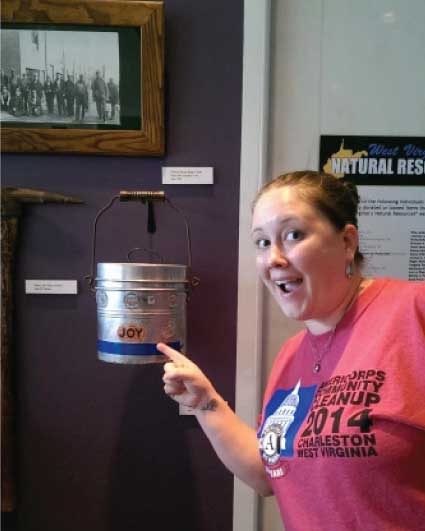
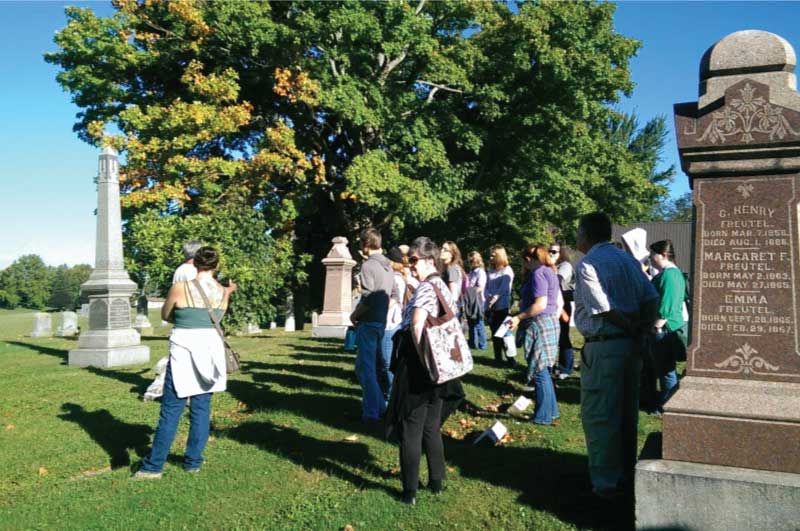
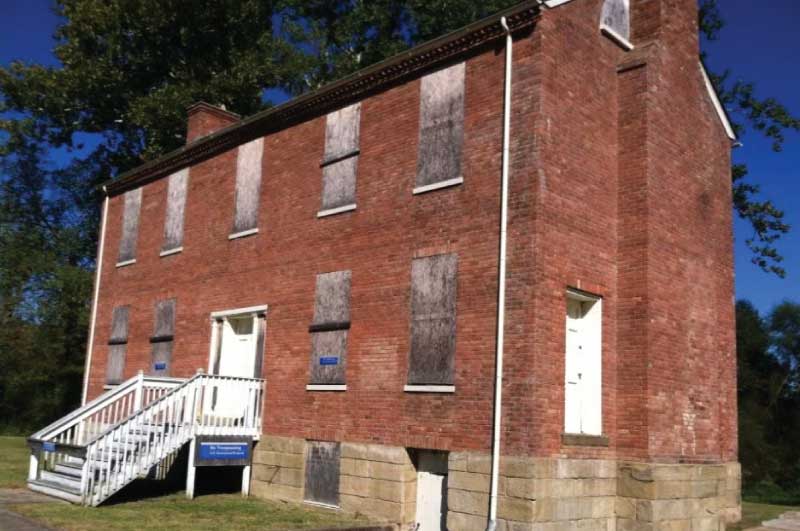
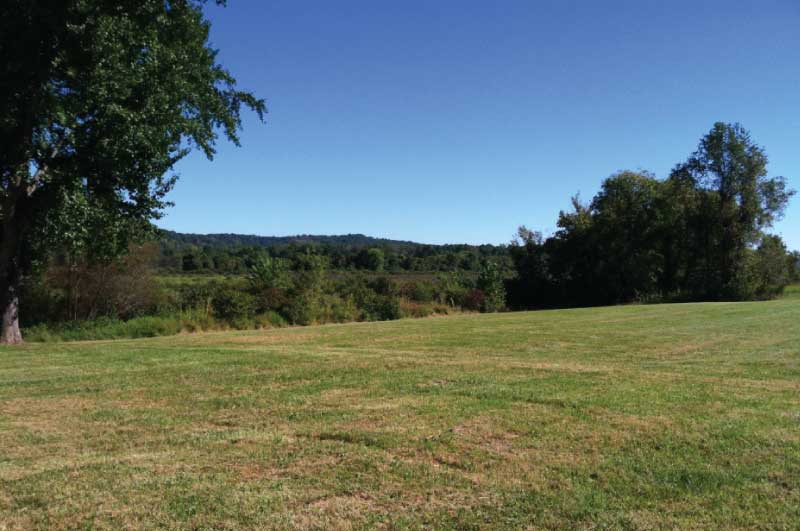
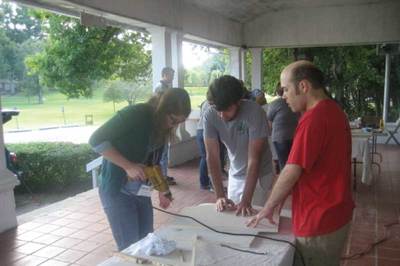
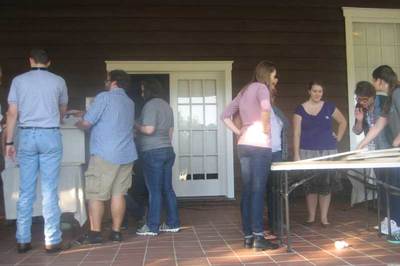
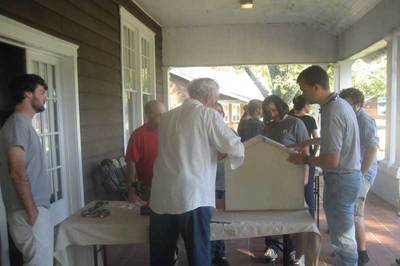
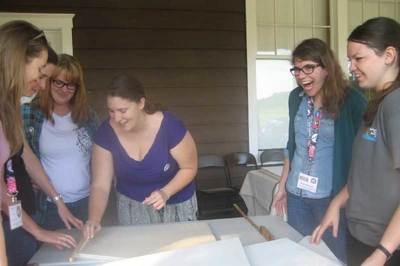
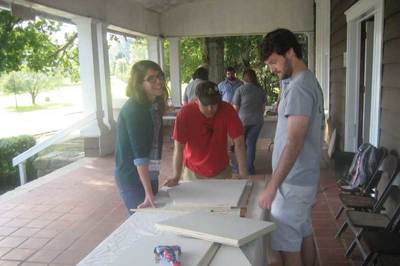
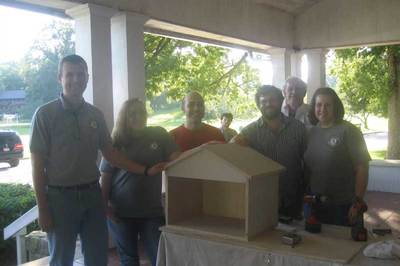
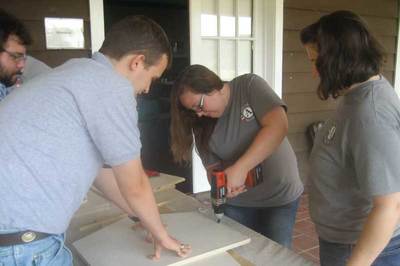
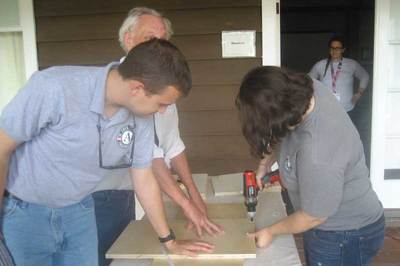
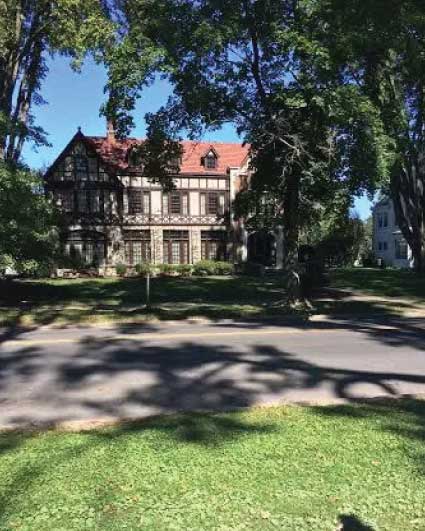
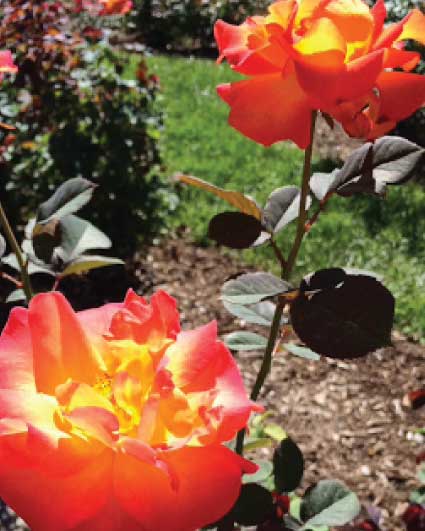
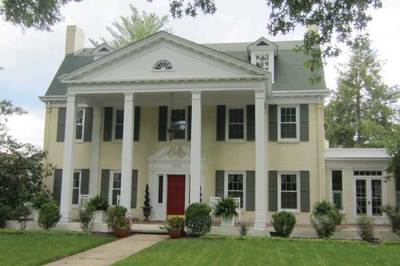
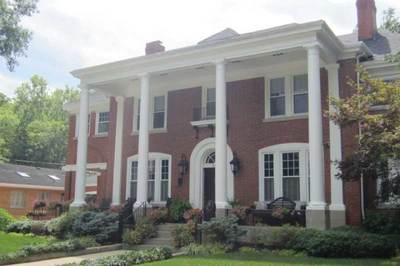
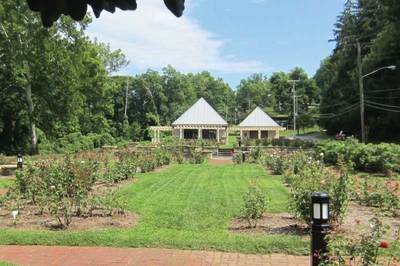

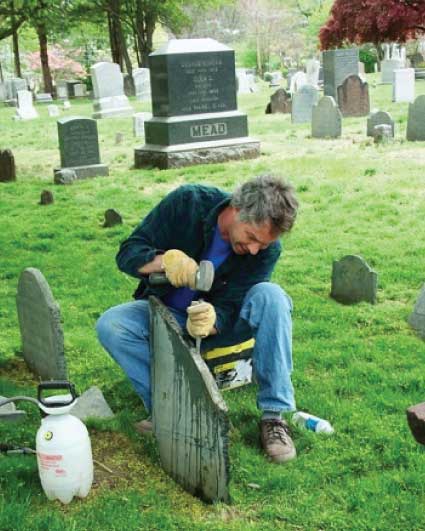
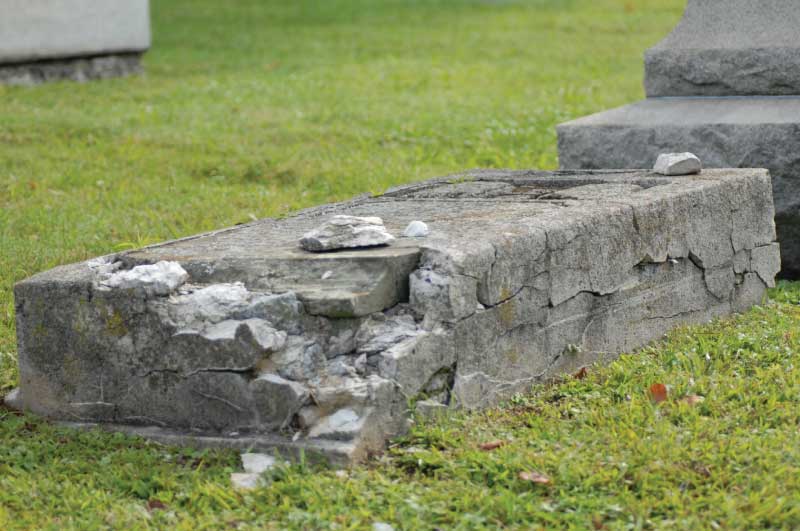
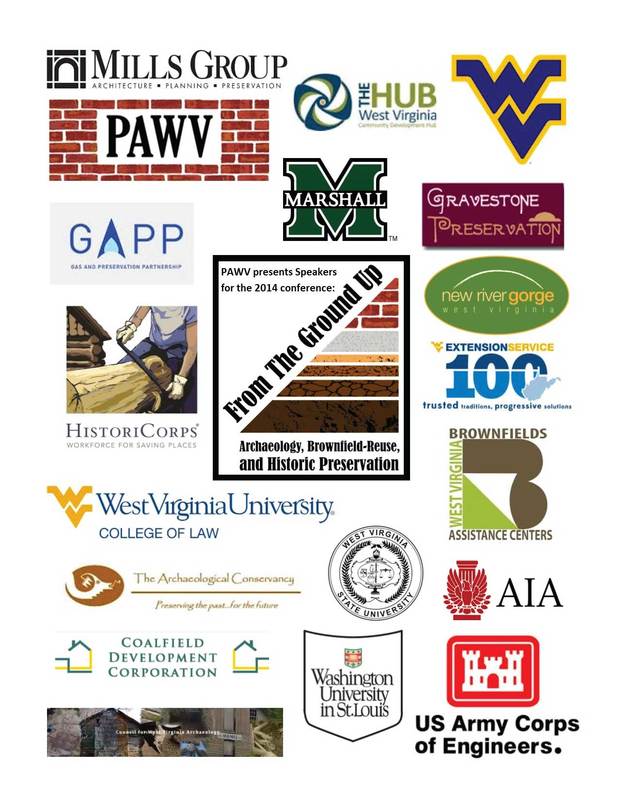
 RSS Feed
RSS Feed

